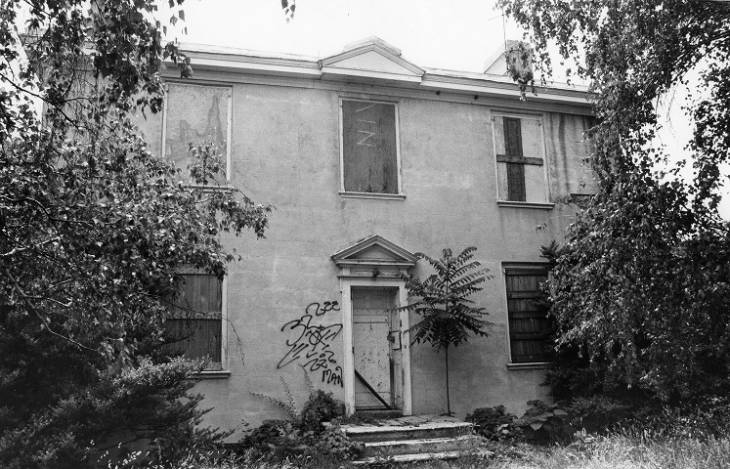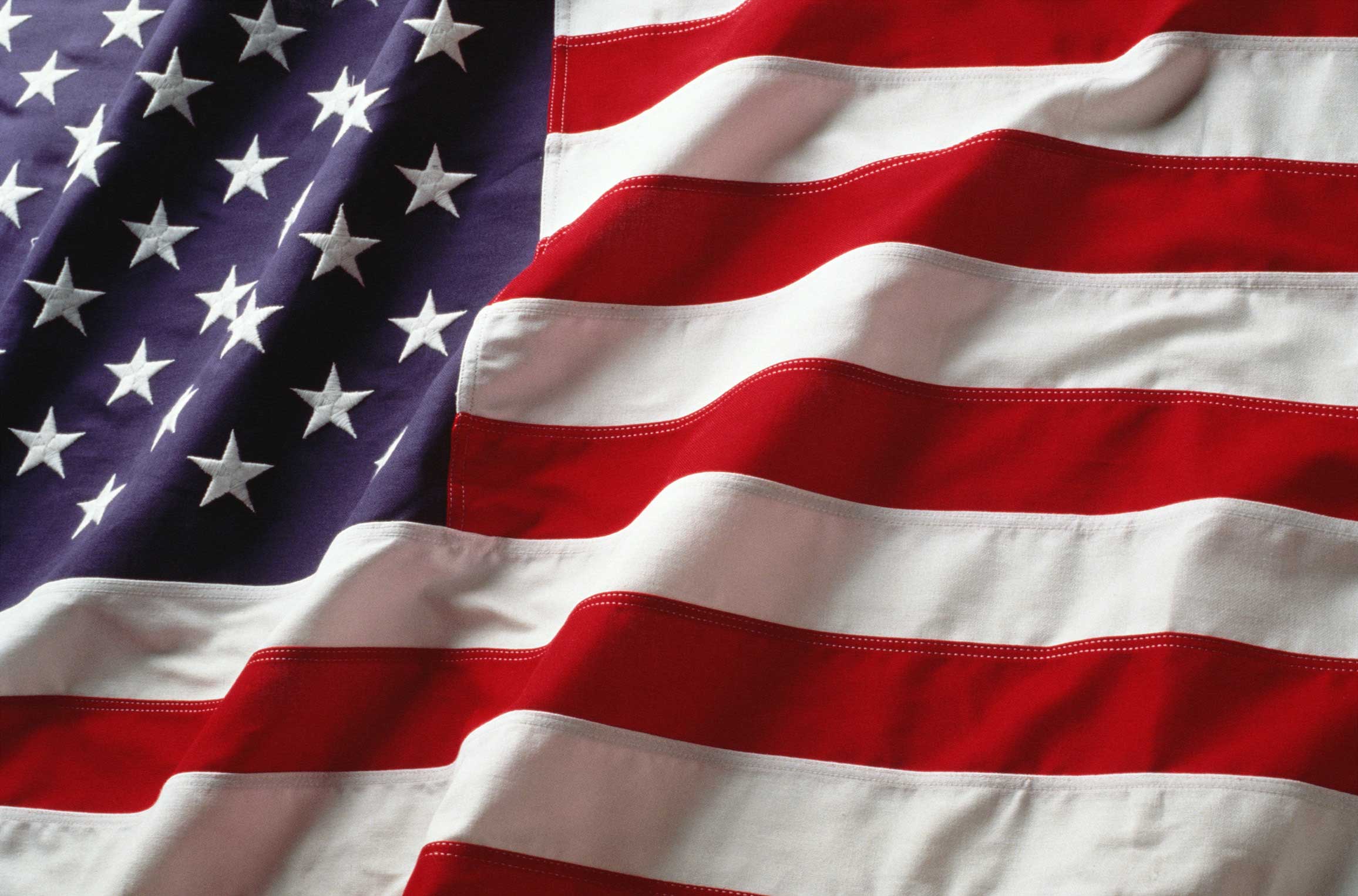The Cliffs
Related Posts
- Buy Tickets for The Constitutional Walking Tour of Philadelphia – See 20+ Sites on a Primary Overview of Independence Park, including the Liberty Bell and Independence Hall
- Belmont Mansion and the Underground Railroad
- Lemon Hill Mansion
- Mount Pleasant Mansion
- Please Touch Museum
Since 1986, cream-colored ruins peek out above the trees near 33rd and Oxford, covered in graffiti. But even these ruins can teach us about a great estate and the life of a nation. Behind these dilapidated remains lies the story of a home used to aid in the revolution and serve as the childhood home for one of America’s greatest industrialists. The Cliffs mansion was originally built in 1753 as the summer retreat for Joshua Fisher, whose grandfather had come to America on the same ship as William Penn and possessed a country seat in Wakefield, England from which the Cliffs mansion derives its name. Joshua Fisher was a wealthy Quaker merchant who had been the first to make a nautical map of the Delaware River and the Delaware Bay.
By using the skins of local animals, Fisher created a lucrative hat-making business that stretched across the Atlantic and used part of his wealth to escape the disease-ridden summers of downtown Philadelphia, where he lived throughout the year. Thus, his summer getaway country-house was constructed of stone in the Georgian style, standing 2 stories with a basement and was heated by twin fireplaces on both floors and the basement. A modest farm surrounded the estate. Beyond Joshua Fisher himself, the summer home would remain in his family’s possession for about a century.
During the Revolutionary War, the Cliffs estate was rented by Sally Bache, Benjamin Franklin’s daughter, who came to the Cliffs estate frequently with a group of other patriotic women to sew clothes and bandages for the Continental army that was wintering at Valley Forge. Bache wrote to her father to describe the house as “small [and] charming”.

However, the home at this time was owned by Samuel R. Fisher, Joshua Fisher’s son, and he did not sanction the Cliffs to be used for this purpose. Fisher throughout the war had been exiled and placed under house arrest for his opposition to the revolutionary government, and upon returning to Philadelphia after his exile in Virginia, he was arrested and imprisoned for 2 years on the charge of being a Loyalist, even though other members of his family supported the cause for independence. It was during his stay in prison that Bache and friends crafted supplies at the Cliffs for George Washington’s army.
The Cliffs carried on in the hands of the Fishers well into the 19th century. It was during this time that Joshua Fisher’s granddaughter, Deborah, married into the Wharton family, producing the family’s most notable member, Joseph Wharton. Wharton grew into one of the most legendary industrial titans among the likes of Carnegie and Rockefeller, but he spent his childhood summers at the Cliffs. The Wharton family were adherents of a progressive Quaker sect led by Elias Hicks that advocated for the abolition of slavery. Joseph Wharton took these philanthropic values to heart; after he founded one of the world’s most powerful steel companies (Bethlehem Steel), he used his wealth to advance education.
In 1881, Joseph Wharton donated $100,000 to create the world’s first business school in his hometown of Philadelphia, partnering with the University of Pennsylvania to establish The Wharton School of Business. Although Joseph Wharton did not receive a collegiate education himself, he co-founded another educational institution, Swarthmore College, which followed his progressive Hicksite Quaker beliefs. While his educational foundations survive to this day, his childhood home did not.
The Cliffs was purchased in 1868 by the Fairmount Park Commission to house park employees until 1970, when it was left unoccupied. Due to its abandonment, it was frequently vandalized until February 22,1986, when it was burnt to the ground, likely due to arson. Fire trucks that attempted to extinguish the flames were unable to arrive in time due to the difficult clay terrain surrounding the estate.
Today, only the masonry shells remain, still coated with graffiti. One can visit the ruins to this day to observe the once-great mansion that now serves as a grim reminder of our fragile history. The unfortunate immolation did, however, reinvigorate public action towards the preservation of Philadelphia’s historic homes, leading in 1993 to the creation of the Fairmount Park Historic Preservation Trust.
Although its walls no longer stand tall, the legacy of the Cliffs does, living on to inspire and inform future generations.



